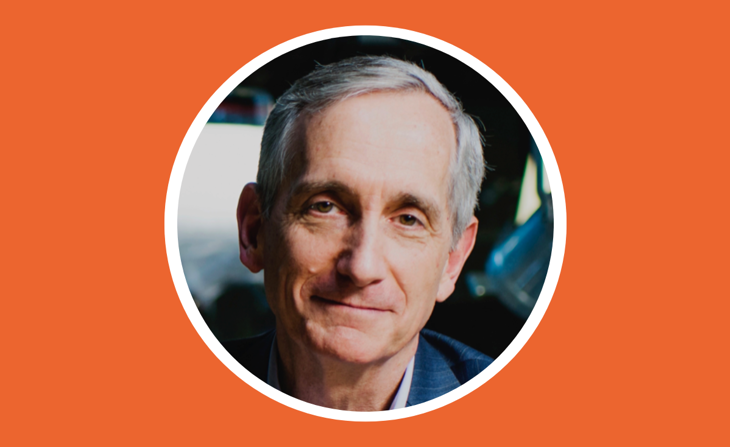
Jamie Broderick: The Impact Investing Institute (III) is an independent, not-for-profit organisation set up in 2019 with a mission to accelerate the growth and improve the effectiveness of the impact investing market in the UK and internationally. In that time, it's built a profile as an educator, as a thought leader, as a convener, and as a catalyst for action mostly in the UK, but increasingly internationally as well.
Jamie: ESG really shouldn't be used to describe an approach to investing. Its three categories are a consideration for investors, but it's not specific as to whether those considerations are to identify risks to the company or impacts that the company has on society or the environment.
"Impact investing can be viewed as a subset of sustainable investing
that has specific requirements, "
This is partly why there's so much dissatisfaction with so-called ESG products and ratings because people can't distinguish between the two. A better term to use is sustainable investing, which is unambiguous in this respect. Everyone would agree it refers to investing in enterprises that are having a positive or, at least, a neutral impact on society.
Impact investing can be viewed as a subset of sustainable investing that has specific and more rigorous requirements, including that the investor intends to have the impact.
Impact is about intentionality and ensuring this impact is not just a by-product of pure financial investing.
We think that the more rigorous and explicit approach to impact investing will help it avoid some of the controversies that are now dogging ESG investing.
Jamie: Five years ago, ESG integration was a specialist investment approach; now, it is conventional investing for all institutional investors.
"There are plenty of investments across all asset classes that deliver market
returns while generating positive social and environmental benefits."
In the meantime, the climate crisis has become more acute, and people’s awareness has been raised - then came Covid-19 and environmental and social issues have risen up the agenda in government policy regulation, and in society in general.
Jamie: Impact investing does not need to be concessionary. People need to understand that there are plenty of investments across all asset classes that deliver market returns while generating positive social and environmental benefits.
This is important for insurers; they need to understand that they can invest for impact within the existing asset classes that they're already using. Somebody might ask, isn't that just regular investing? The answer is that when you're doing impact investing, you're adding several incremental efforts to the whole process: you're looking for enterprises that create positive impacts, so it's not an accident and you're expected to challenge those enterprises to improve their business practices and then work with enterprises to make sure that they stay on mission.
"If you don't have the intention, it shows up in your portfolio because you
like energy and renewable energy infrastructure."
Overall, institutional investors should make sure that impact assessment and improvement are embedded in their business practices. A corollary of this is that you can't assume that just because you're investing in a particular area, this constitutes impact investing: investing in social housing or climate infrastructure doesn't necessarily mean you're investing with impact. To qualify as such the investor has to be intentional; the enterprise needs to be intentional, and then the investor needs to be working with the enterprise; measuring and then improving the impact. If these things aren't happening, then it's just a financial investment.
Jamie: Yes, intentionality is important. But measuring, assessing, and developing impact is also a piece of this.
We've always said that intentionality is a really important component of impact investing. If you don't have the intention, and it just accidentally shows up in your portfolio because you like energy and renewable energy infrastructure, then we would say that's financial investing.
The intentionality means that they’ve decided to do this and know why they're doing it, have a methodology for doing it, and in some cases, they have also developed a theory of change.
They need to know what they expect to achieve with these investments. If that intentionality is missing, then you end up missing a lot of the benefits.